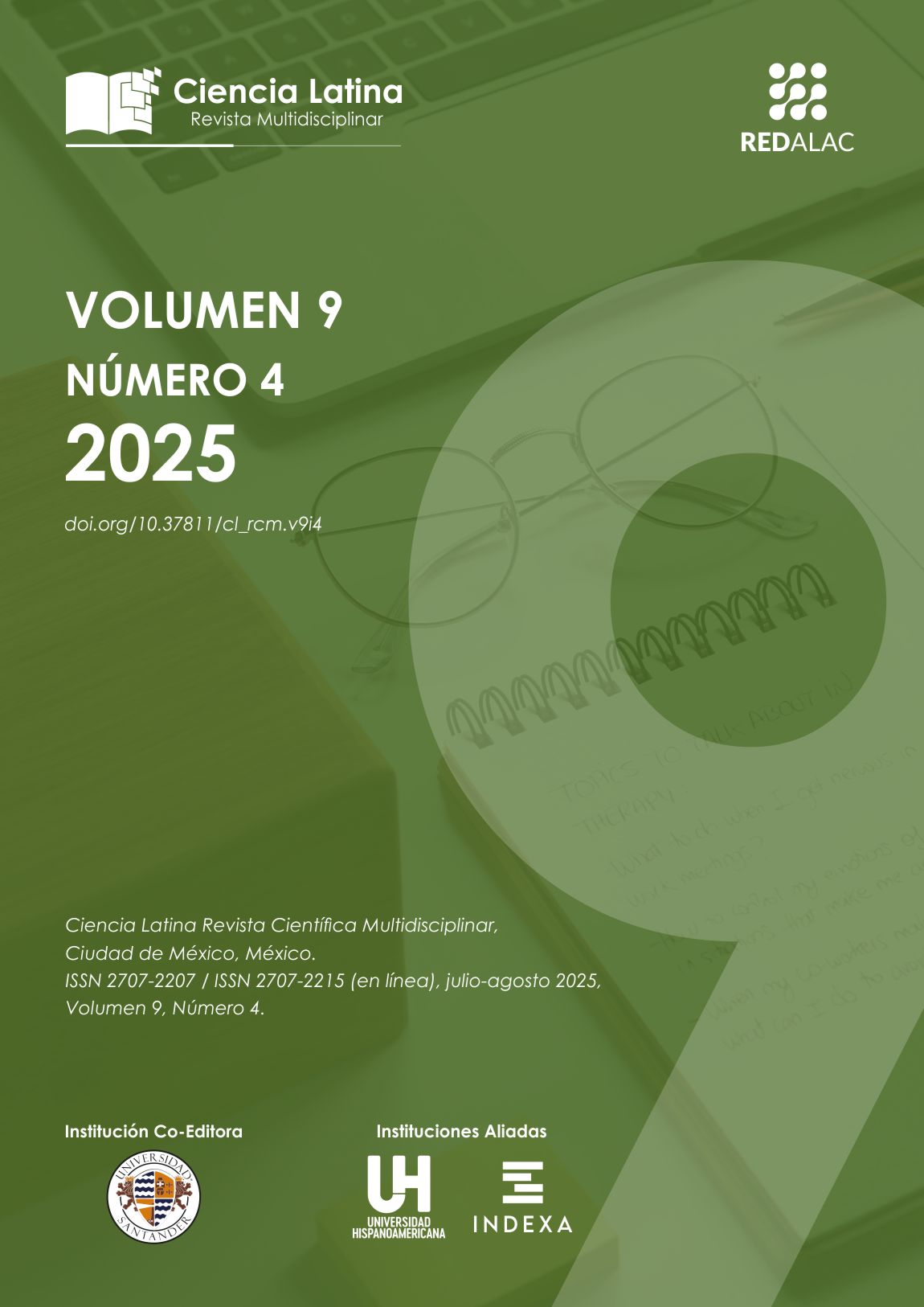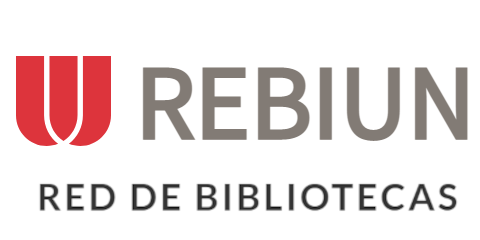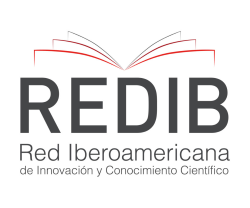El Papel de los Microorganismos Endófitos en el Crecimiento Vegetal y la Tolerancia a Diferentes Tipos de Estrés
Resumen
El presente trabajo examina el papel de los microorganismos endófitos —entre ellos bacterias, hongos, levaduras, arqueas y cianobacterias— como componentes esenciales del microbioma vegetal y su importancia en la biotecnología aplicada a la agricultura. Estos organismos colonizan los tejidos internos de las plantas sin provocar síntomas de enfermedad y establecen interacciones que promueven el crecimiento, favorecen la absorción de nutrientes, participan en la fijación de nitrógeno, aumentan la tolerancia frente a condiciones ambientales adversas y, además, producen metabolitos secundarios con efectos benéficos para el hospedero. Asimismo, se abordan sus principales formas de clasificación, los mecanismos generales de colonización y las vías más comunes de transmisión, junto con las funciones que cumplen en la nutrición y la protección de los cultivos. Entre los aspectos más relevantes destaca su capacidad para estimular el desarrollo vegetal mediante la producción de compuestos reguladores, mejorar la disponibilidad de nutrientes y contribuir a la defensa contra patógenos y diferentes tipos de estrés ambiental. Las conclusiones resaltan que los endófitos constituyen un recurso estratégico para el diseño de prácticas agrícolas sostenibles, al ofrecer alternativas viables al uso intensivo de agroquímicos y aportar soluciones frente a los retos derivados del cambio climático.
Descargas
Citas
Bano, A., & Fatima, M. (2009). Salt tolerance in Zea mays (L.) following inoculation with Rhizobium and Pseudomonas. Biology and Fertility of Soils, 45(4), 405–413. https://doi.org/10.1007/s00374-008-0344-9
Bergman, B., Johansson, C., & Söderbäck, E. (1992). The Nostoc–Gunnera symbiosis. New Phytologist, 122(3), 379–400. https://doi.org/10.1111/j.1469-8137.1992.tb00067.x
Chow, C., Padda, K. P., Puri, A., & Chanway, C. P. (2022). An archaic approach to a modern issue: Endophytic archaea for sustainable agriculture. Current Microbiology, 79(11), 322. https://doi.org/10.1007/s00284-022-03016-y
Compant, S., Clément, C., & Sessitsch, A. (2010). Plant growth-promoting bacteria in the rhizo- and endosphere of plants: Their role, colonization, mechanisms involved and prospects for utilization. Plant and Soil, 321(1–2), 305–339. https://doi.org/10.1016/j.soilbio.2009.11.024
Domka, A., Jędrzejczyk, R., Ważny, R., Gustab, M., Kowalski, M., Nosek, M., Bizan, J., Puschenreiter, M., Vaculík, M., Kováč, J., & Rozpądek, P. (2023). Endophytic yeast protect plants against metal toxicity by inhibiting plant metal uptake through an ethylene-dependent mechanism. Plant, Cell & Environment, 46(1), 268–287. https://doi.org/10.1111/pce.14473
Egamberdieva, D., Kucharova, Z., Davranov, K., Berg, G., Makarova, N., Azarova, T., ... (2011). Bacteria able to control foot and root rot and to promote growth of cucumber in salinated soils. Biological Fertility of Soils, 47, 197–205. https://doi.org/10.1007/s00374-010-0523-3
Fontana, D. C., de Paula, S., Torres, A. G., de Souza, V. H. M., Pascholati, S. F.,Schmidt, D., & Dourado Neto, D. (2021). Endophytic fungi: Biological control andinduced resistance to phytopathogens and abiotic stresses. Pathogens, 10(5), 570. https://doi.org/10.3390/pathogens10050570
Jogawat, A., Saha, S., Bakshi, M., Dayaman, V., Kumar, M., Dua, M., Nevo, E., & Johri, A. K. (2013). Piriformospora indica rescues growth diminution of rice seedlings during high salt stress. Plant Signaling & Behavior, 8(10), e26891. https://doi.org/10.4161/psb.26891
Kandel, S. L., Joubert, P. M., & Doty, S. L. (2017). Bacterial endophyte colonization and distribution within plants. Microorganisms, 5(4), 77. https://doi.org/10.3390/microorganisms5040077
Khan, M. A., Asaf, S., Khan, A. L., Jan, R., Kang, S.-M., Kim, K.-M., & Lee, I.-J. (2020). Thermotolerance effect of plant growth-promoting Bacillus cereus SA1 on soybean during heat stress. BMC Microbiology, 20, 175. https://doi.org/10.1186/s12866-020-01822-7
Ling, L., Tu, Y., Ma, W., Feng, S., Yang, C., Zhao, Y., ... & Zhang, J. (2020). Apotentially important resource: Endophytic yeasts. World Journal of Microbiology andBiotechnology, 36(8), 110. https://doi.org/10.1007/s11274-020-02889-0
Ma, Y., Rajkumar, M., & Freitas, H. (2016). Beneficial role of bacterial endophytes in heavy metal phytoremediation. Journal of Environmental Management, 174, 14–25. https://doi.org/10.1016/j.jenvman.2016.02.047
Oukala, N., Gourion, B., & Rossi, M. (2021). Bacterial endophytes: The hidden actorin plant immune responses against biotic stress. Plants, 10(5), 1012. https://doi.org/10.3390/plants10051012
Ran, L., Larsson, J., Vigil-Stenman, T., Nylander, J. A. A., Ininbergs, K., Zheng, W.,... & Bergman, B. (2010). Genome erosion in a nitrogen-fixing vertically transmitted endosymbiotic multicellular cyanobacterium. PLoS ONE, 5(7), e11486.https://doi.org/10.1371/journal.pone.0011486
Rosenblueth, M., & Martínez-Romero, E. (2006). Bacterial endophytes and theirinteractions with hosts. Molecular Plant-Microbe Interactions, 19(8), 827–837. https://doi.org/10.1094/MPMI-19-0827
Santoyo, G., Moreno-Hagelsieb, G., Orozco-Mosqueda, M. del C., & Glick, B. R.(2016). Plant growth-promoting bacterial endophytes. Microbiological Research, 183,92–99. https://doi.org/10.1016/j.micres.2015.11.008
Waller, F., Achatz, B., Baltruschat, H., Fodor, J., Becker, K., Fischer, M., … Kogel, K. H. (2005). The endophytic fungus Piriformospora indica reprograms barley to salt-stress tolerance, disease resistance, and higher yield. Proceedings of the National Academy of Sciences of the United States of America, 102(38), 13386–13391. https://doi.org/10.1073/pnas.0504423102
Wang, Y.-L., & Zhang, H.-B. (2023). Assembly and function of seed endophytes in response to environmental stress. Journal of Microbiology and Biotechnology, 33(9), 1119–1129. https://doi.org/10.4014/jmb.2303.03004
Derechos de autor 2025 Brenda Paola Jacob Romero, Maria Mayra de la Torre Martinez, Víctor Manuel González Mendoza

Esta obra está bajo licencia internacional Creative Commons Reconocimiento 4.0.











.png)




















.png)
1.png)


